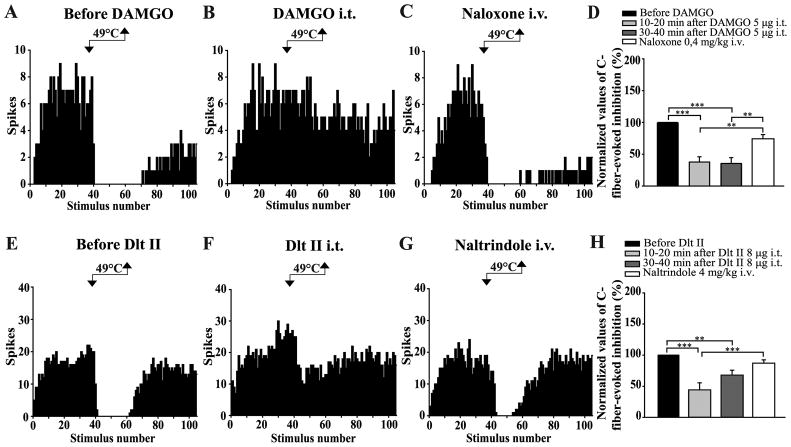Figure 2. Intrathecal DAMGO and Dlt II both inhibit the DNIC induced by a noxious heat stimulus.
(A–C and E–G) Histograms showing representative C-fiber-evoked responses of 2 trigeminal WDR neurons to 105 successive electrical stimulations recorded before (A, E) and 10 min after intrathecal (i.t.) administration of DAMGO 5 μg (B) or 20 min after Dlt II 8 μg (F). Between the 36th and 60th stimulation, one hindpaw was immersed into a 49°C water bath. The DNIC triggered by heat noxious stimulation of the hindpaw are reduced after both DAMGO (B) and Dlt II (F) injection. The intravenous (i.v.) administration of naloxone (C) and naltrindole (G) reversed the effect of DAMGO and Dlt II, respectively. (D, H) Graphic representation showing the mean (n=8 for D, and n=9 for H) percentage of inhibition of C-fiber-evoked action potentials before, 10–20 minutes and 30–40 minutes after the intrathecal injection of the opioids. Note that the data are individually normalized to those before administration of the opioids. The selective-MOPR and DOPR agonists significantly reduced the percentage of inhibition of C-fiber-evoked action potentials either 10–20 or 30–40 minutes after their administration. Naloxone significantly reversed those opioidergic-induced effects and naltrindole significantly reversed the DOPR-mediated effect 10–20 minutes after Dlt II administration. **p < 0.01 and ***p < 0.001, one-way ANOVA for repeated measures with Bonferroni’s post hoc test. Error bars indicate the Standard Error of the Mean (SEM).

